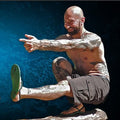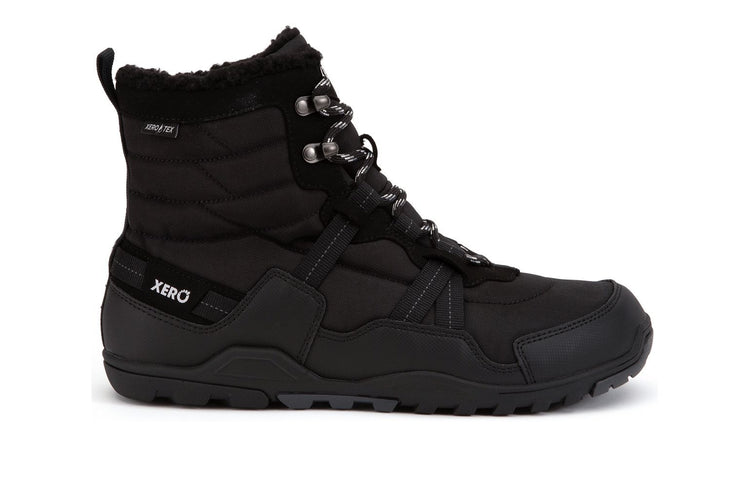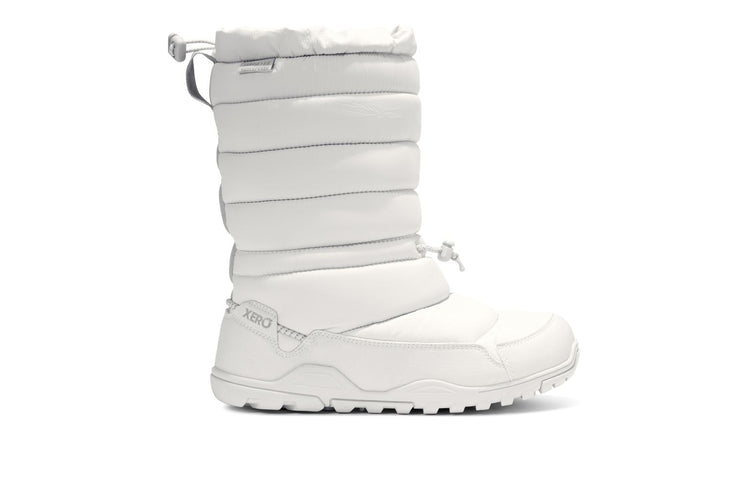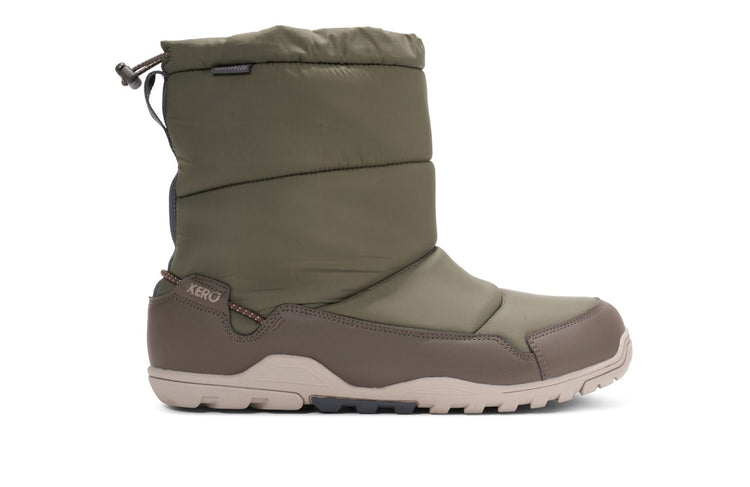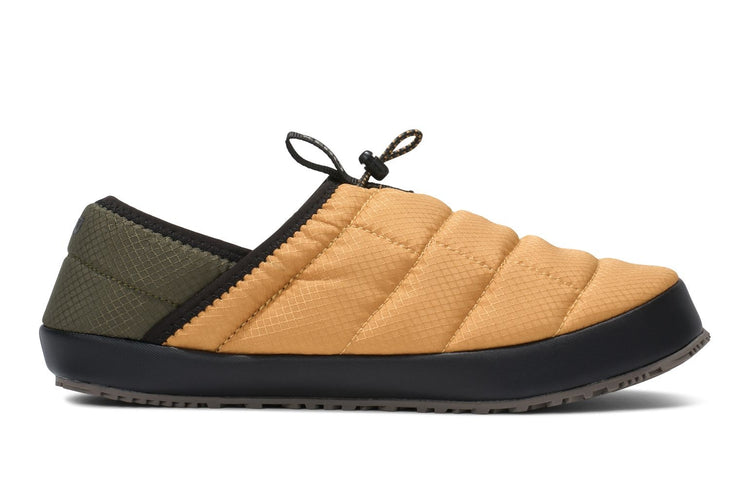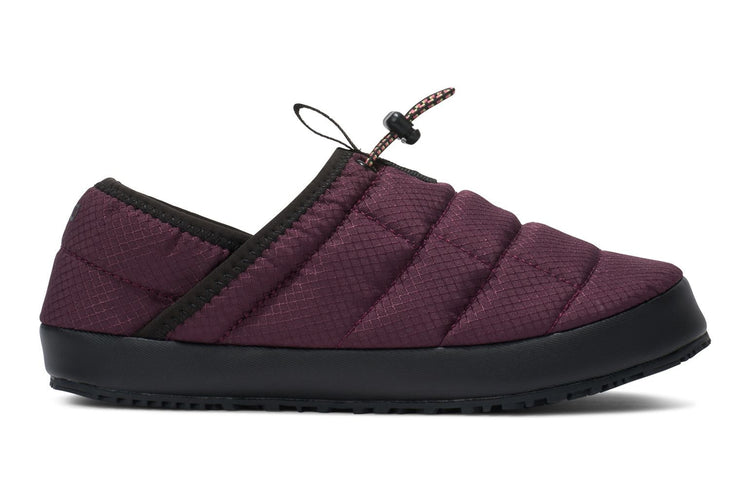The Xero Blog

Fitness Guru Al Kavadlo chats with Xero Shoes
Running Barefoot -- The Importance of Core
latest News
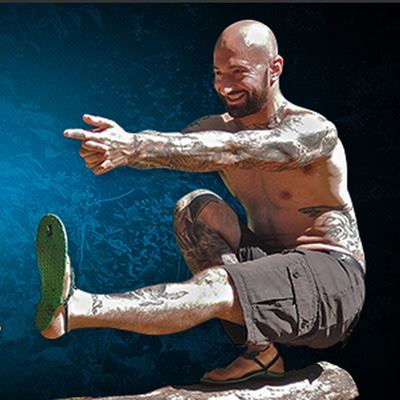
Fitness Guru Al Kavadlo chats with Xero Shoes
I met (online) Al Kavadlo over 3 years ago and was really impressed with what he was teaching and how well he practiced what he preached. Al has been a big fan of Xero Shoes, sending us photos of him running through the streets of New York, across the Brooklyn Bridge, and performing all manner of impressive bodyweight exercises in his Xeros. Al is a master of body weight training and has put together some of the best coaching I've seen on that topic... something that we both agree every runner could benefit from. We got together thanks to Google Hangouts to have a chat. We didn't have an agenda, and didn't prepare anything in advance, and I'm sure you'll enjoy watching this conversation with Al that includes: Strength training without equipment Best strengthening exercises for runners The link between barefoot running and bodyweight exercise Can you go barefoot in New York? REALLY? A new way to bring fun -- and fitness -- into your running ... and a lot more Let us know what you think in the comments below. And check out Al's fitness products: Pushing The Limits -- one of the best books on the essential bodyweight exercises I've ever seen. Great photos, and not just because so many of them feature Xero Shoes! Raising The Bar -- everything you can do with a pull-up bar (it's a LOT). If you're more visual, then check out the Raising the Bar DVD. Progressive Calisthenics Workshop -- based on the principles in Convict Conditioning, a classic in the bodyweight strength game.
Running Barefoot -- The Importance of Core
Usain Bolt's coach, Glen Mills, talked in an interview about what helped make Usain Bolt the fastest man in the world. He revealed something that will surprise most runners, namely, the most important muscles required for fast, efficient running. Have a guess? Think it's the quads? The hamstrings? Glutes? Calves? Eyelids? Let me quote Glen: Usain is an extremely gifted athlete. When I started working with him, one of the things that stood out like a sore thumb was his poor mechanics. Part of his poor mechanics was because he was not able hold the sprint position during maximum velocity running, so we had to do an intense programme to develop his core strength. In Beijing he showed a mastery of the technique that we had been working on, but the transformation took two years. He goes on to discuss in more detail how important the core -- primarily the abdominal muscles -- are critical for running. Now, what does this have to do with your running? EVERYTHING. Next time you run, tighten your core (as if you're bracing yourself before someone hits you in the stomach). See what that does to your running form. Play with this. See what changes as you tighten your core, especially the transverse abdominis (the muscles you use to suck in your stomach when you're trying to fit into a pair of too-tight pants). Well, if that's not the motion you make when running, is it the best thing to use for training? Strength coach Michael Boyle discusses this and suggests that if you want to keep your core stable, you should train it to remain stable while some force is trying to move it. Looking forward to hearing what you discover when you activate "the most important muscles for running." The content of this post does not constitute and is not intended to be a substitute for professional medical advice, diagnosis or treatment. Always seek the advice of a physician or other qualified health provider with any questions or concerns you may have about your health or a medical condition.
Find the Shoe That Moves Like You Do.
Take the Quiz
Want to Win a $100 Xero Gift Certificate?
Click Here!We promise to only send you great Xero Shoes deals, information, inspiration, and FUN!
